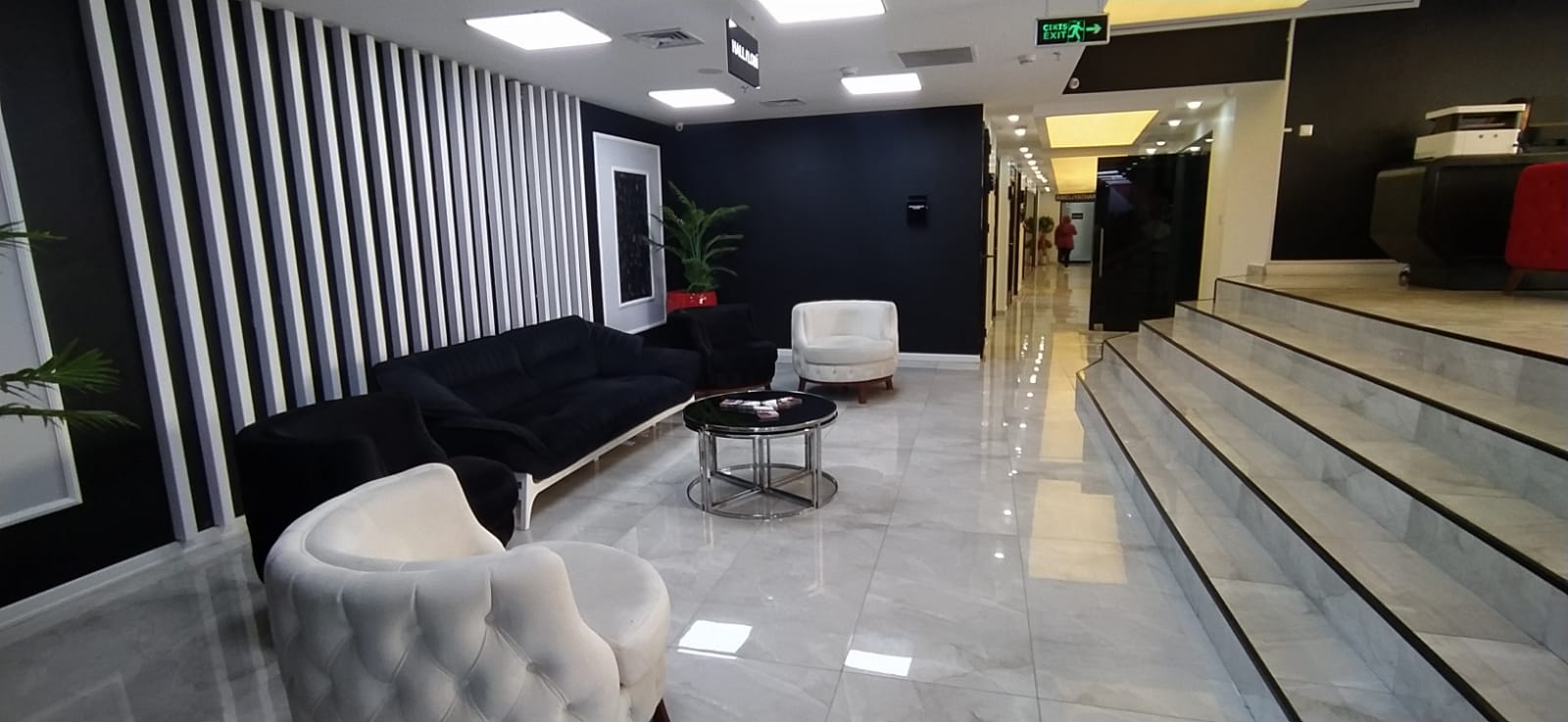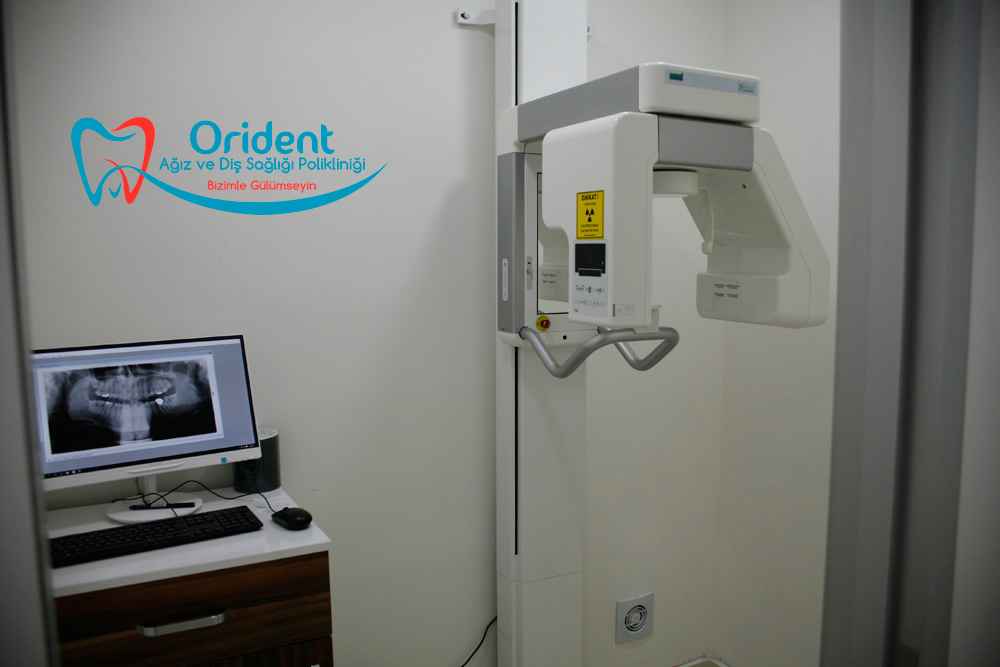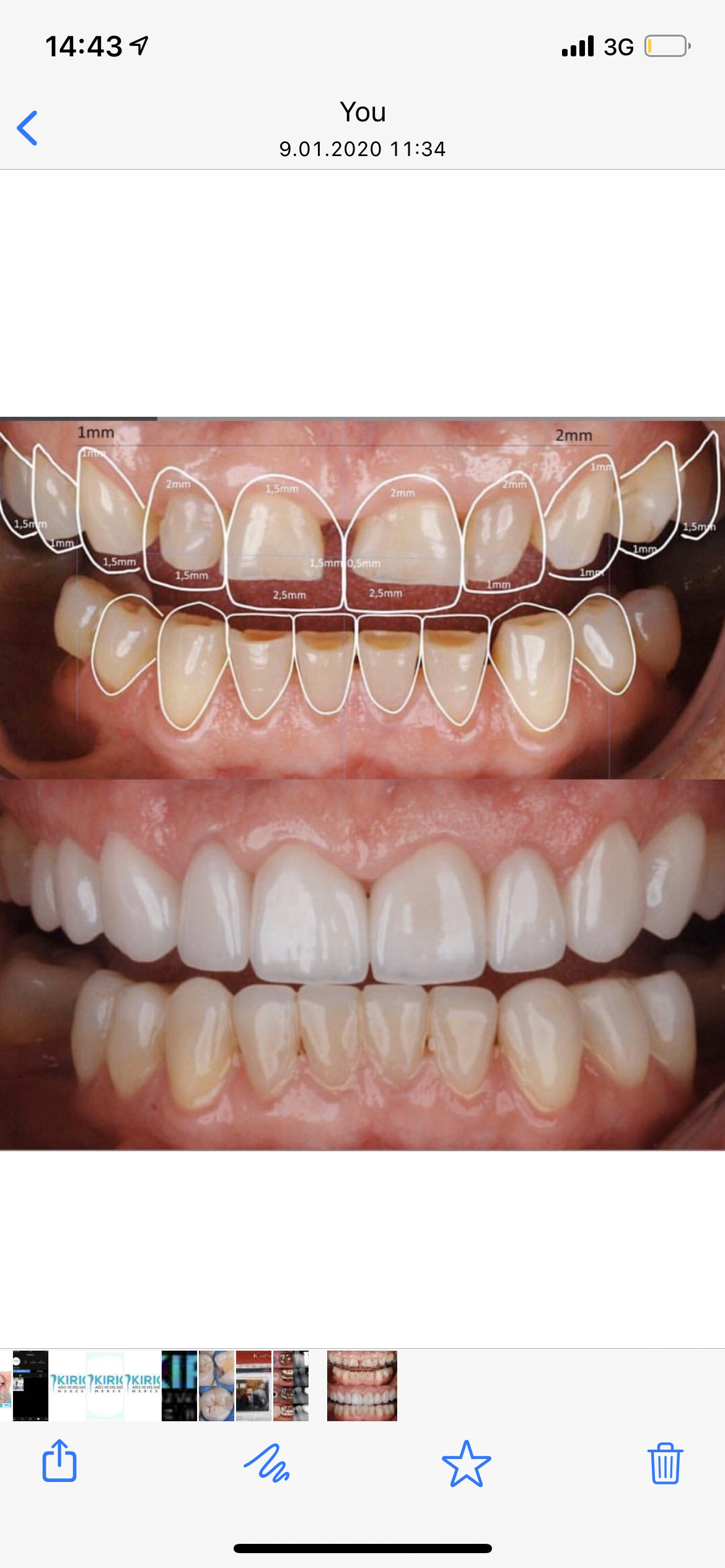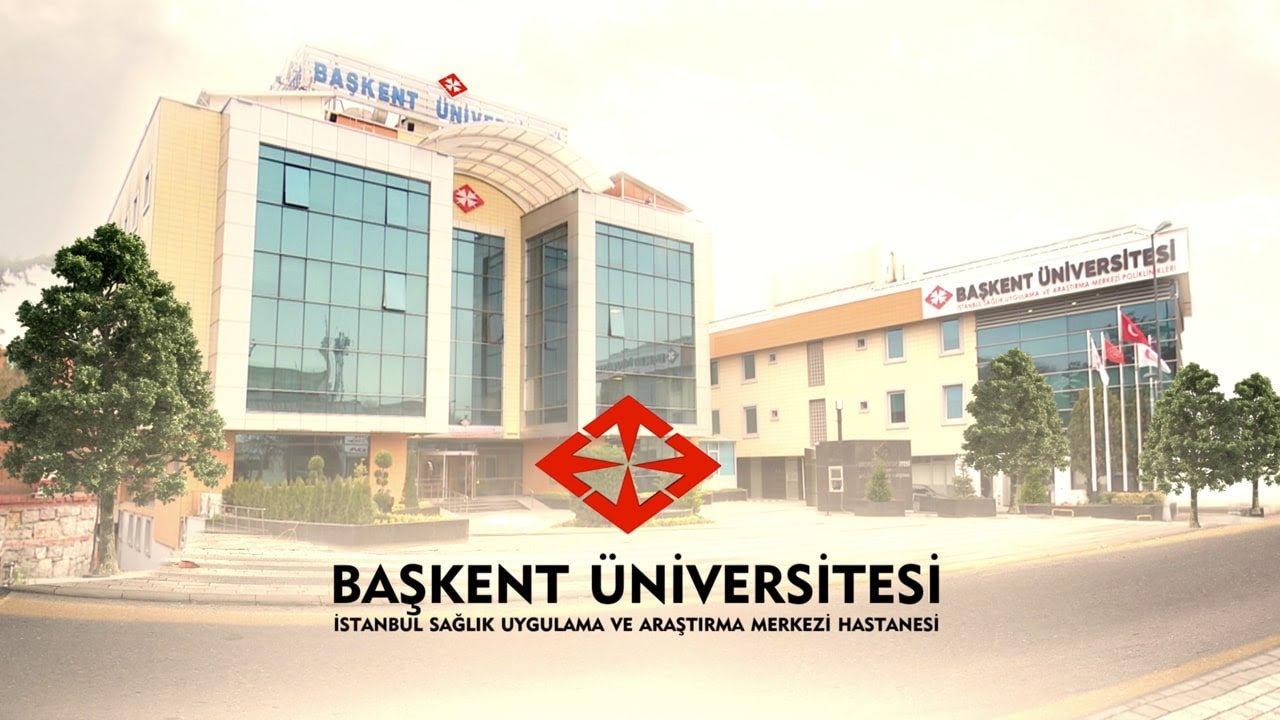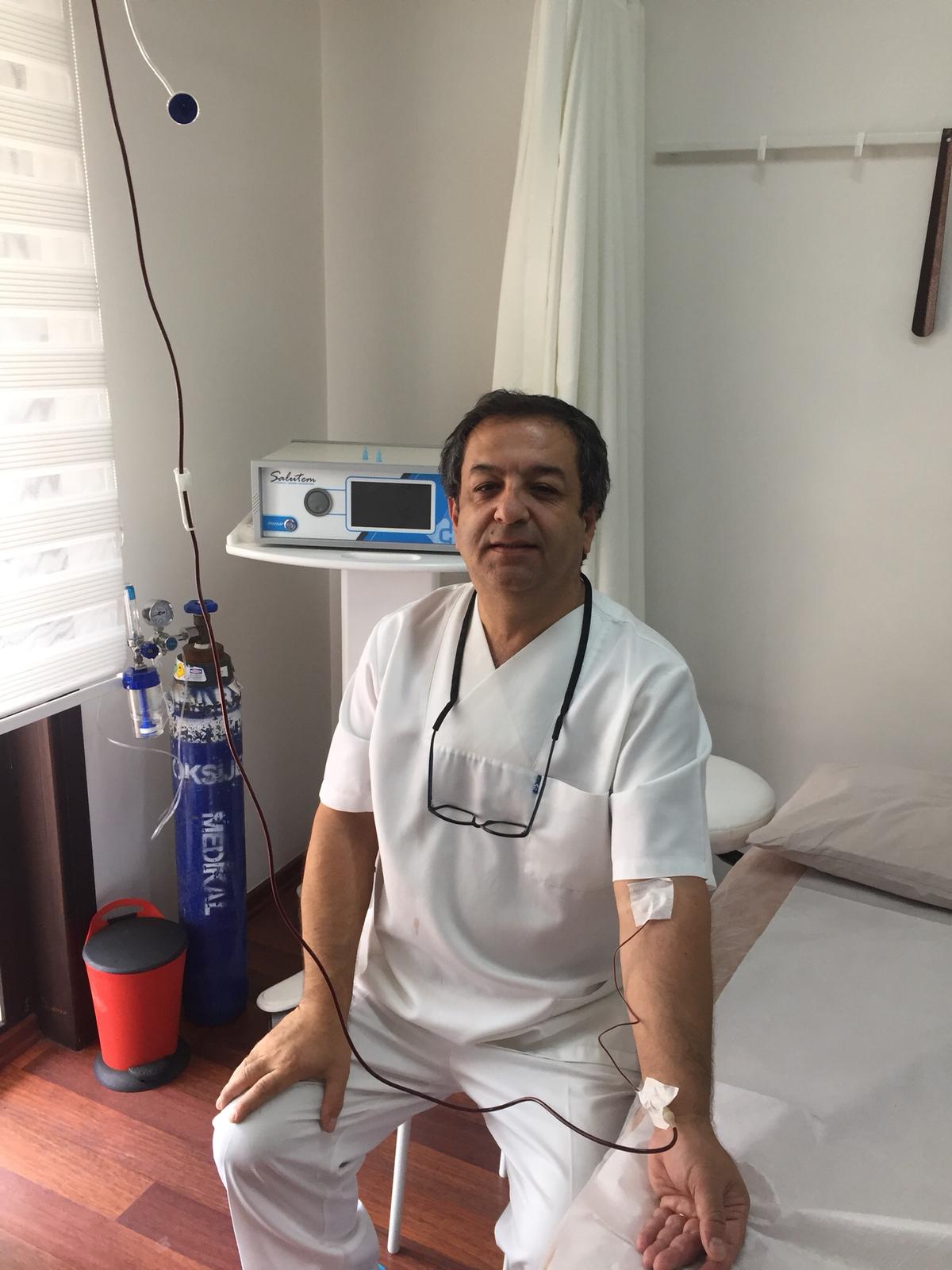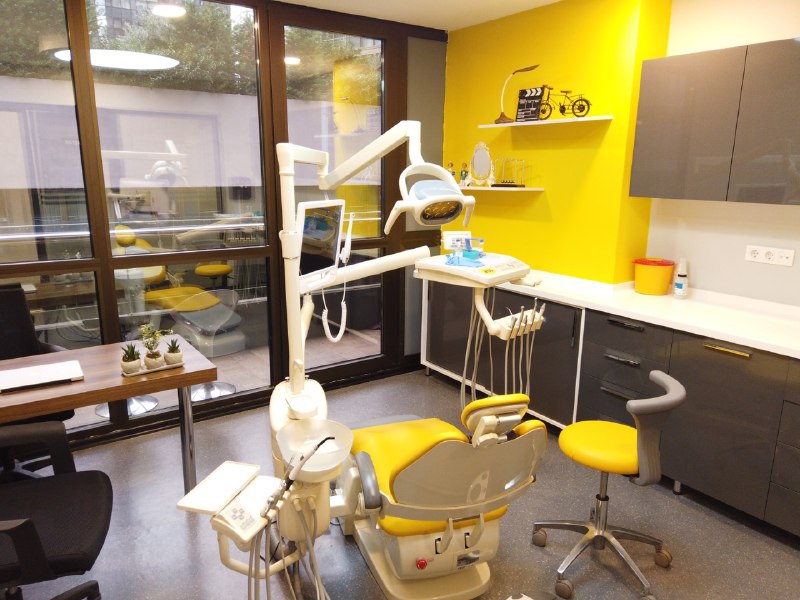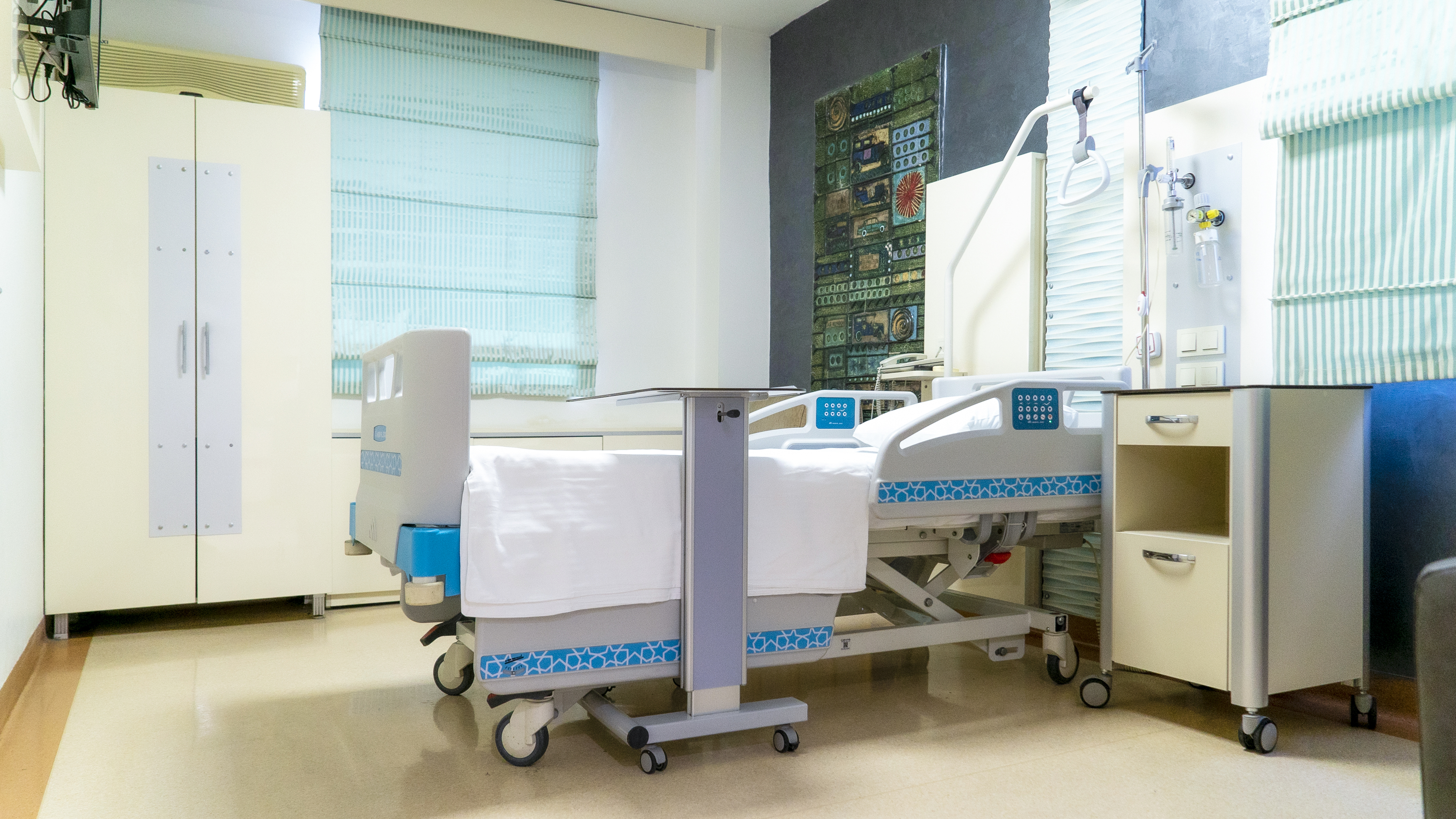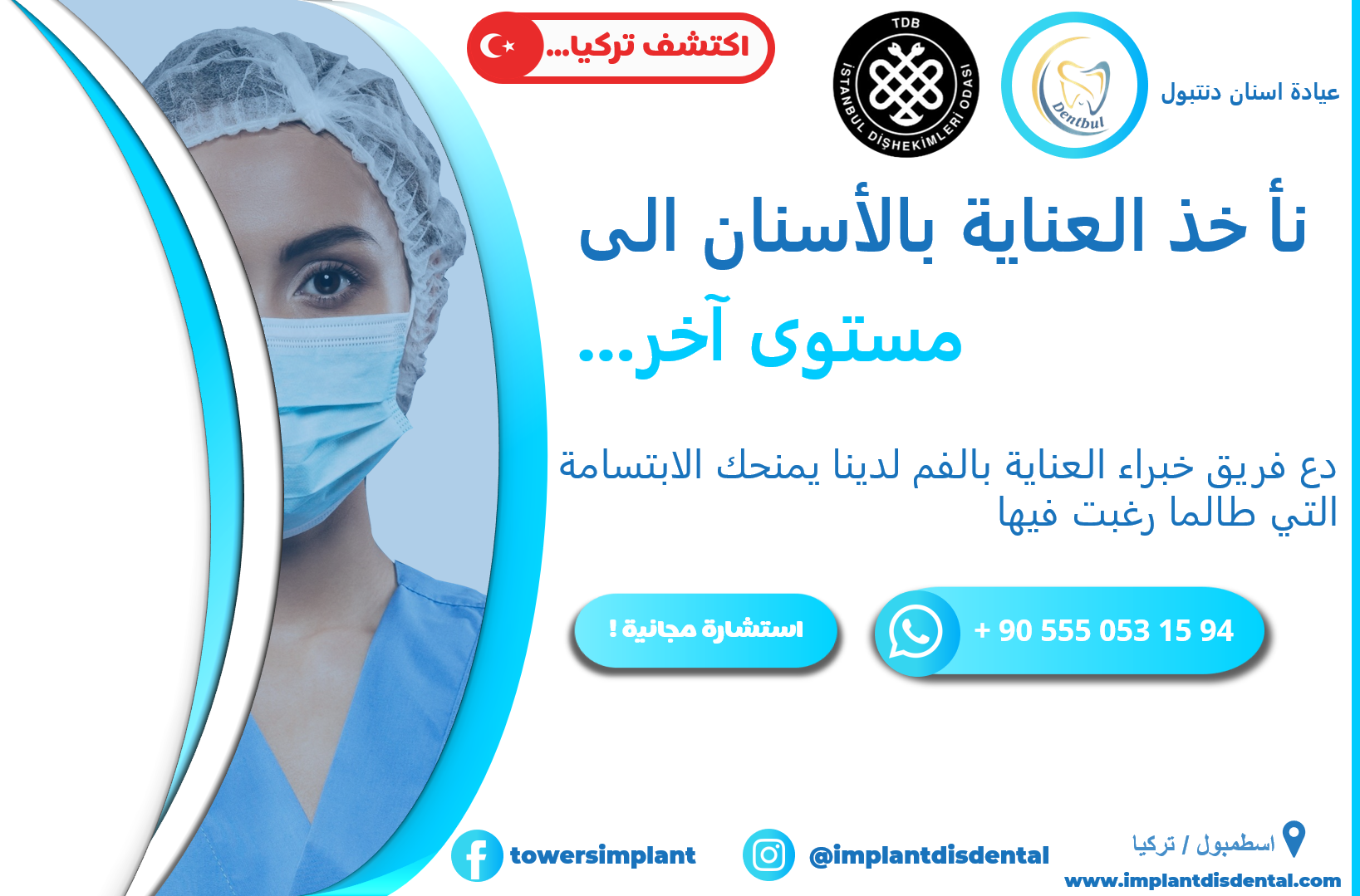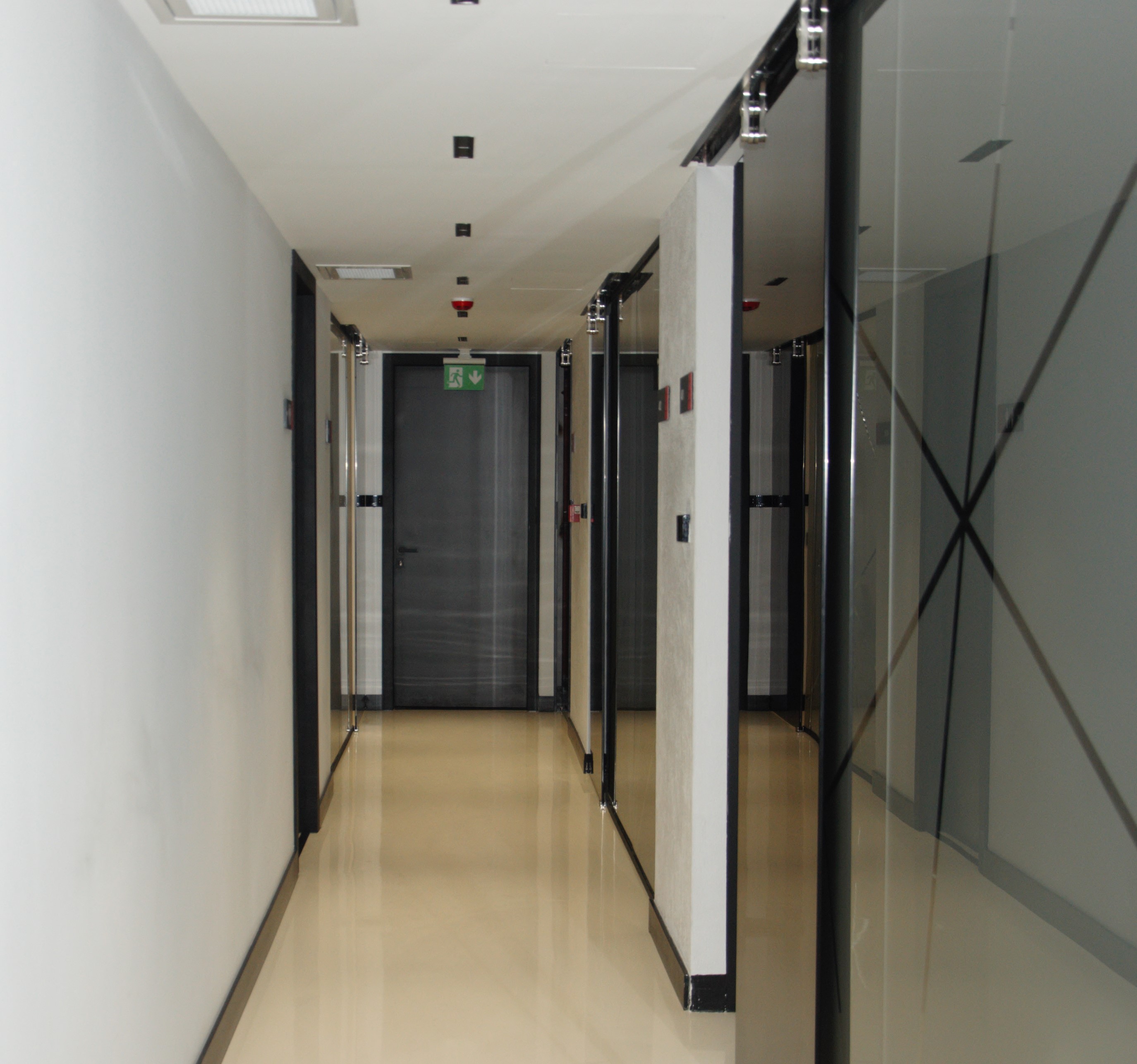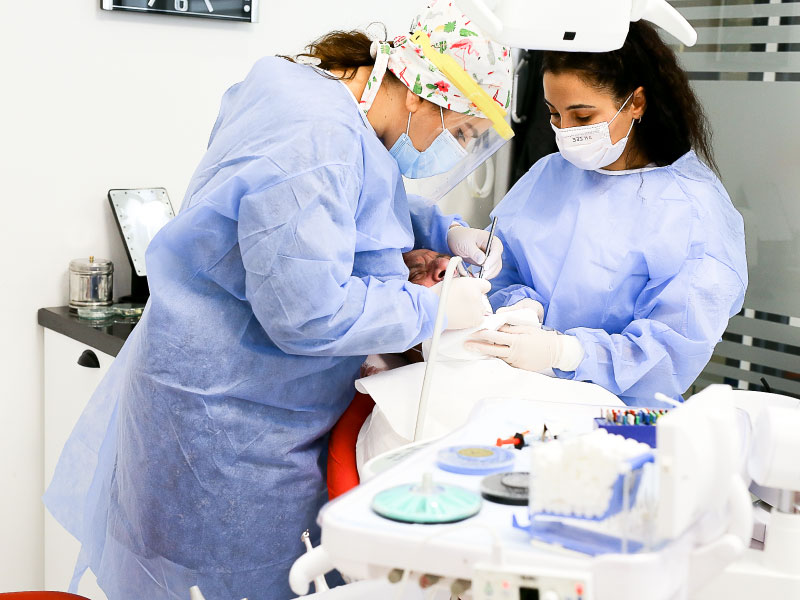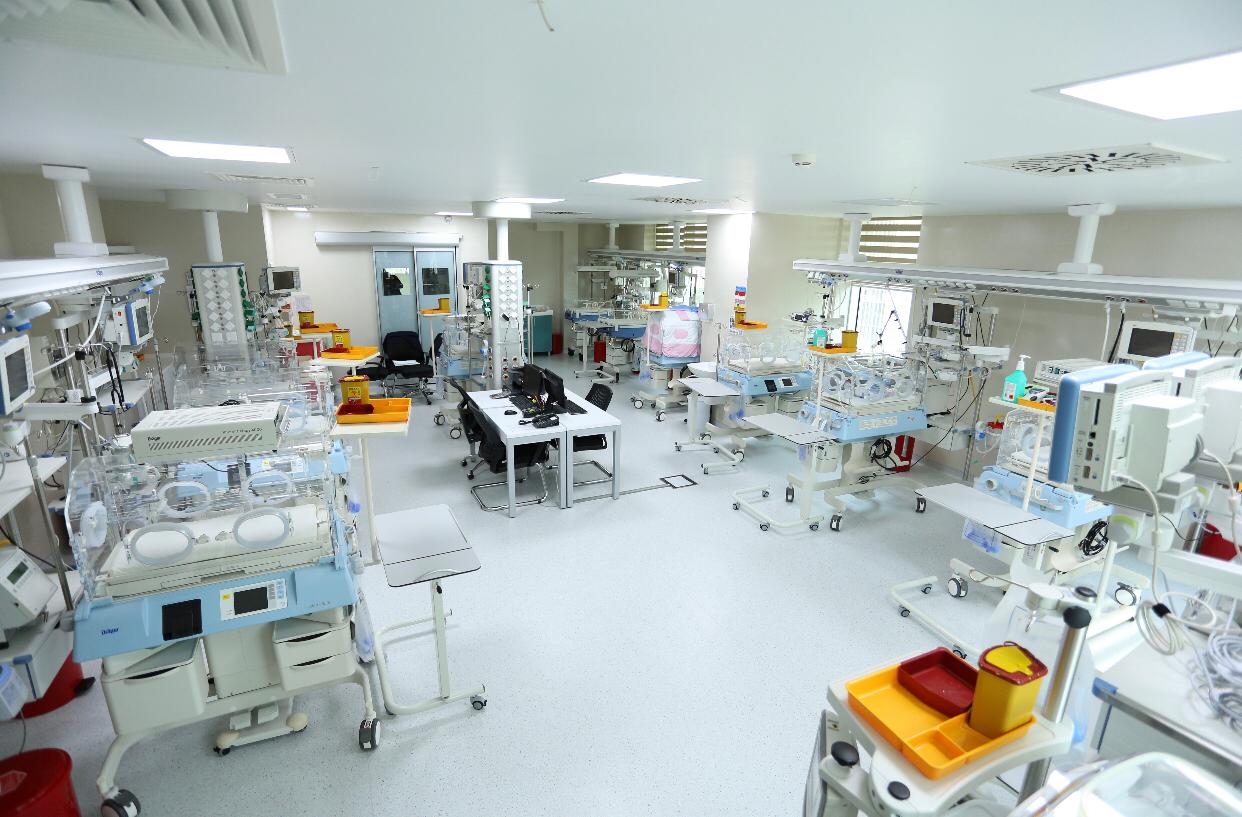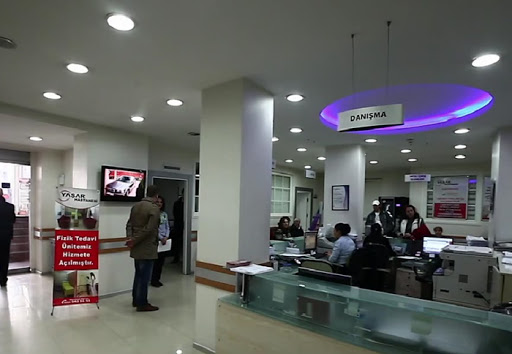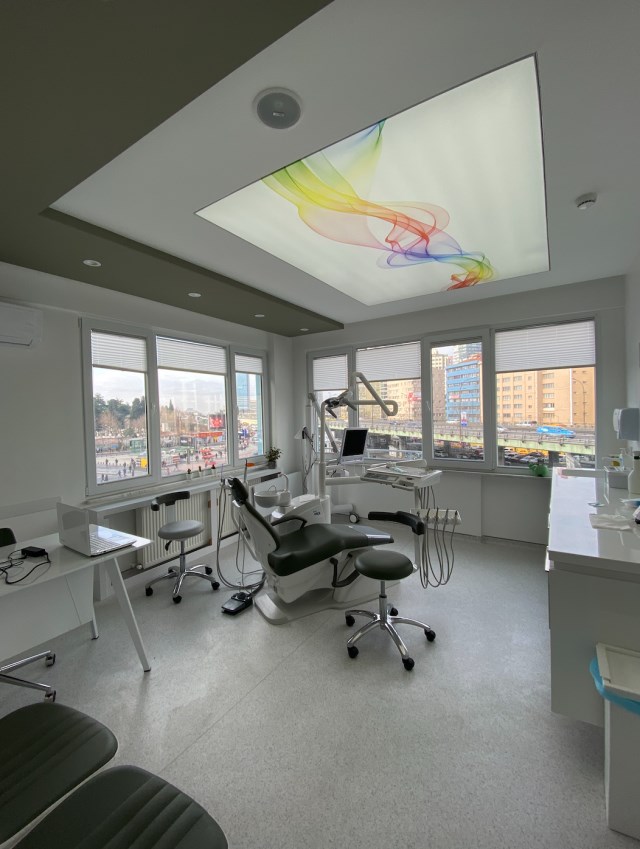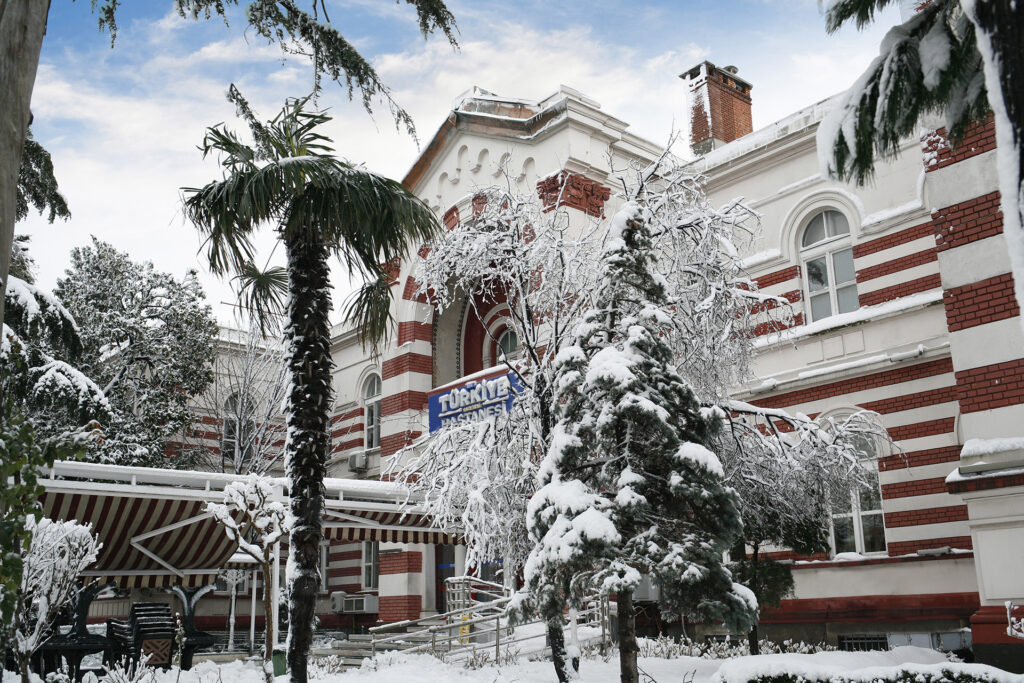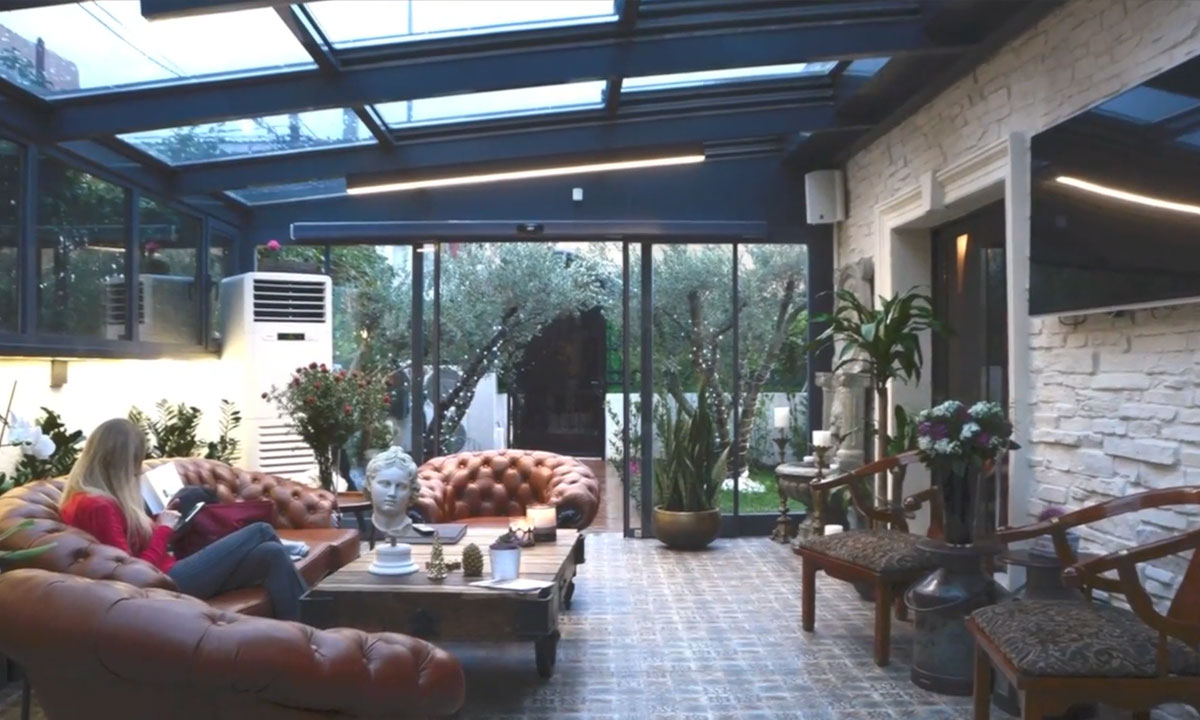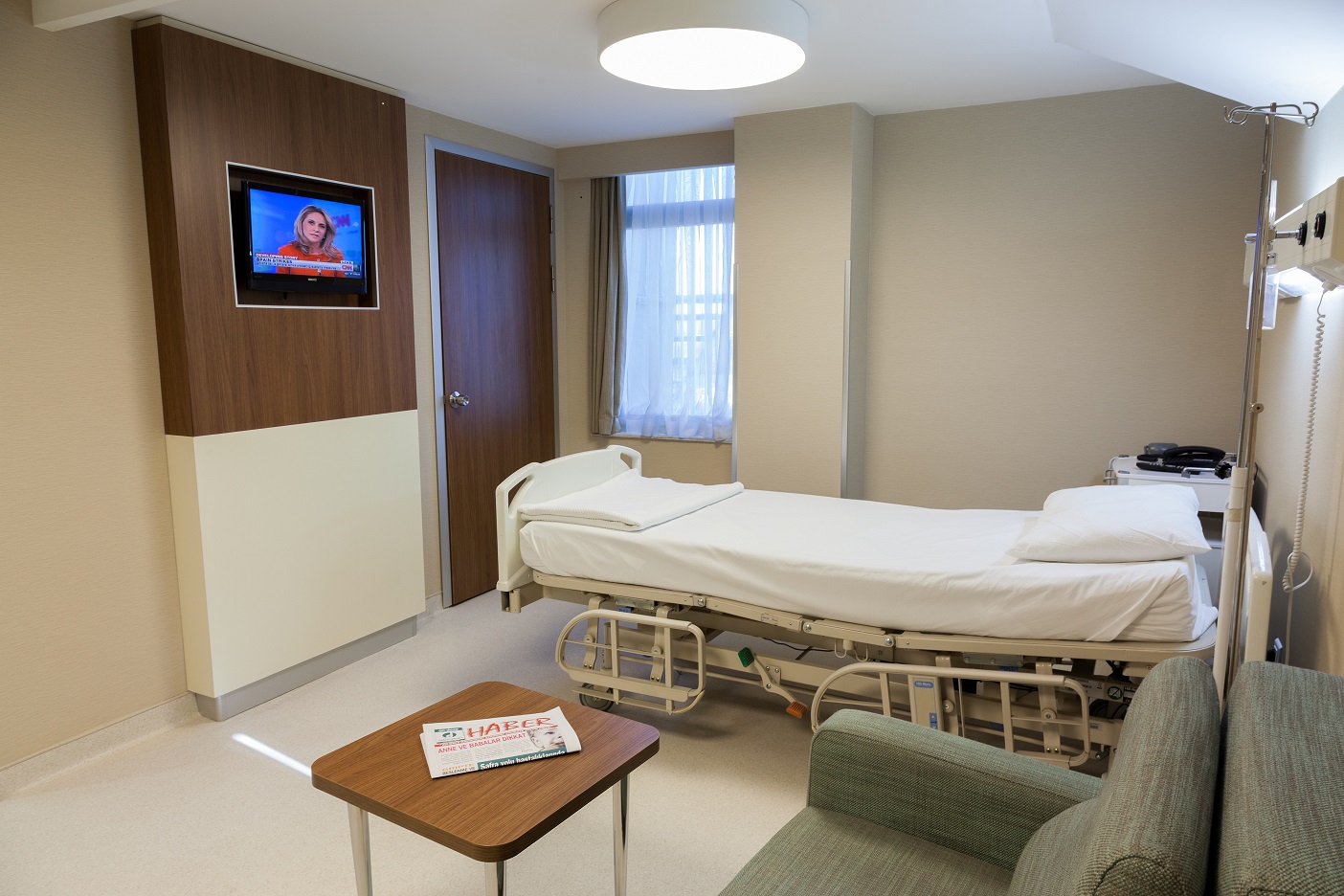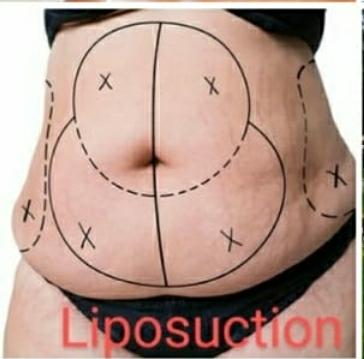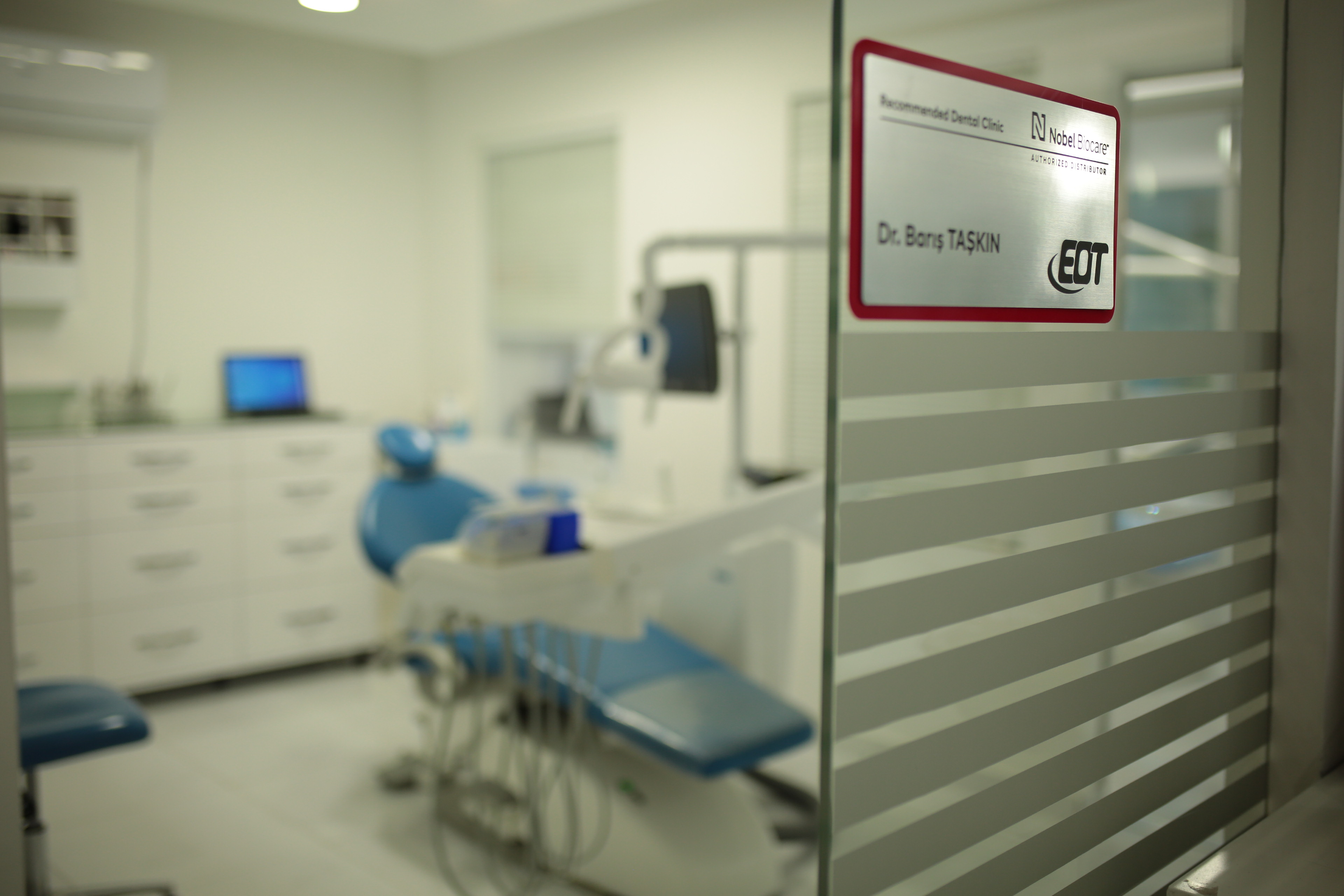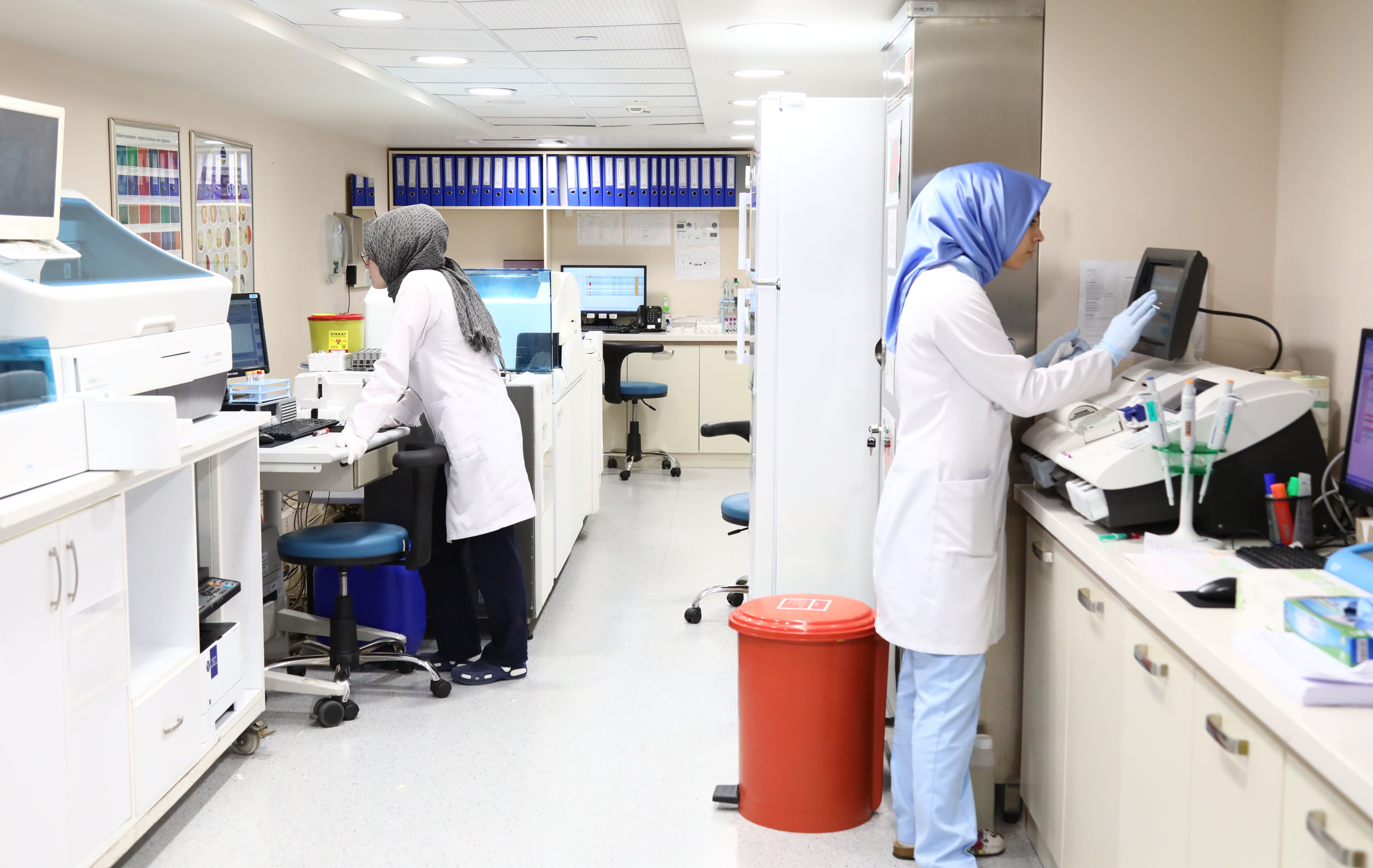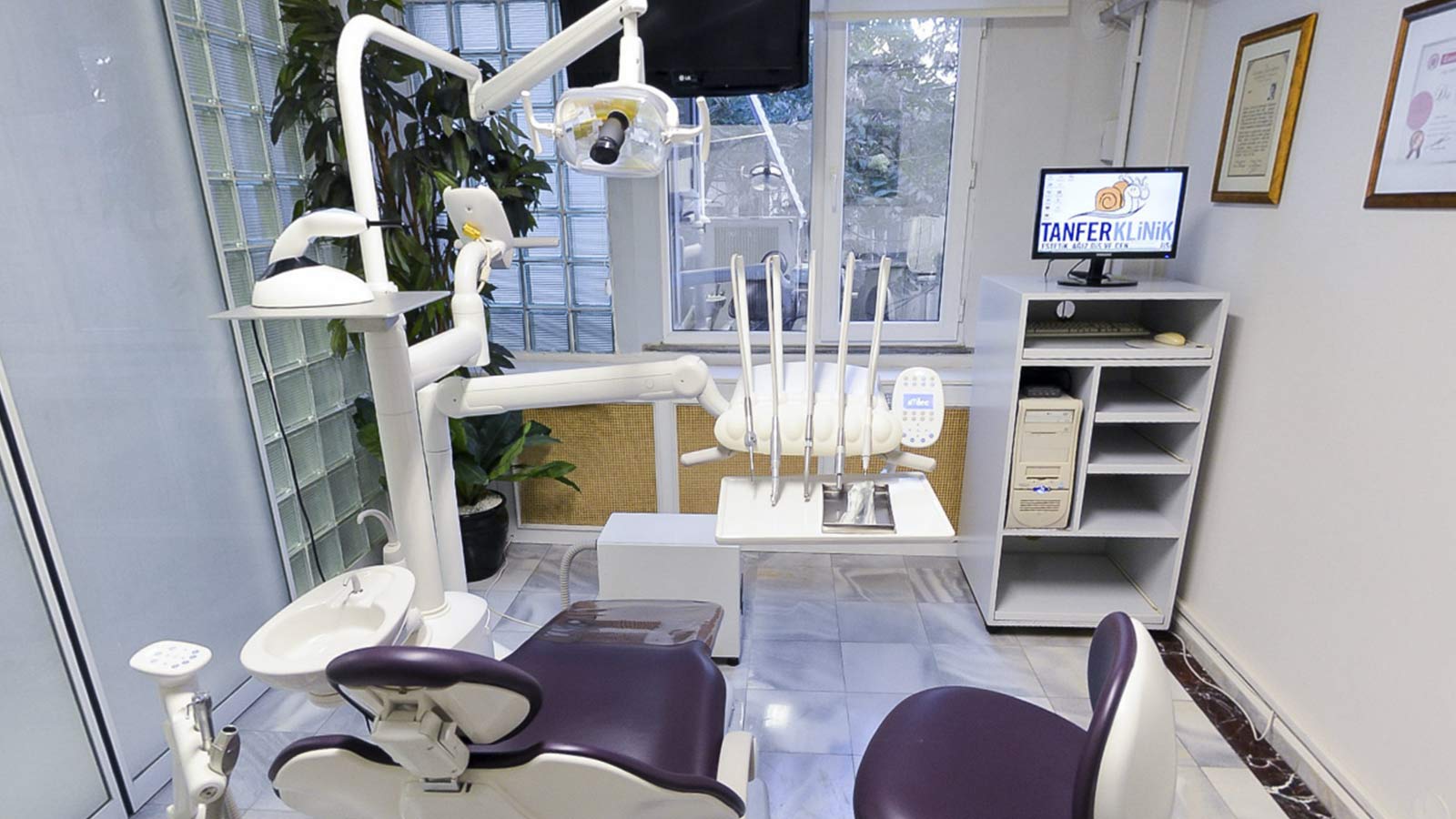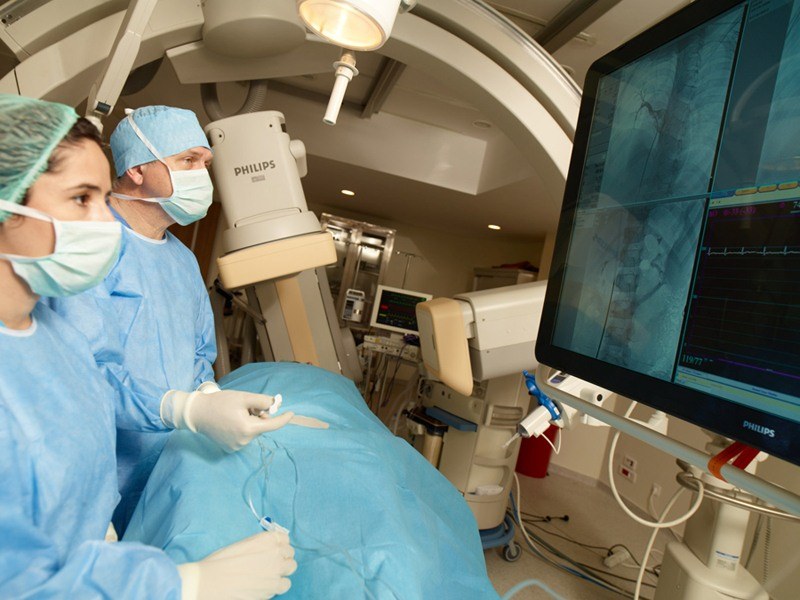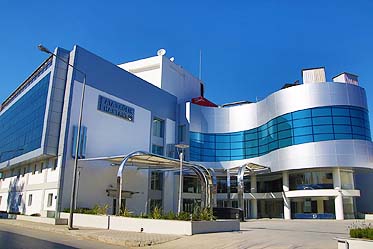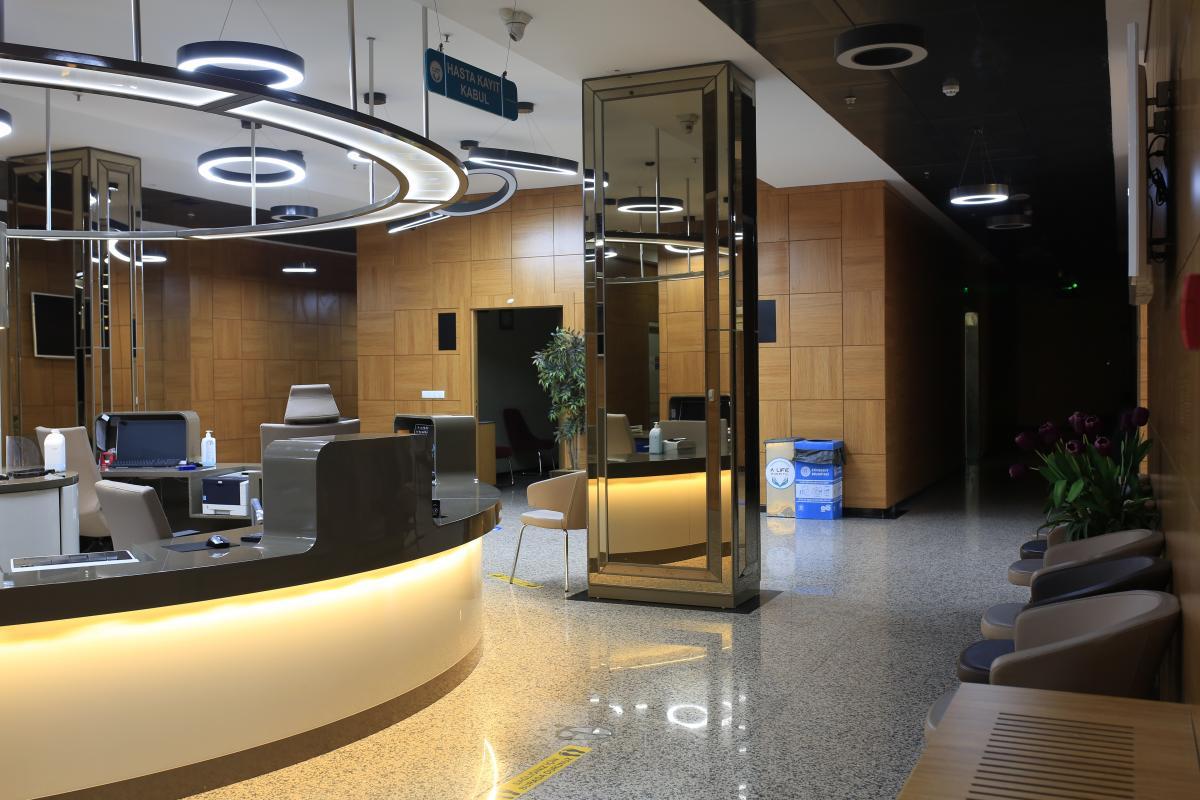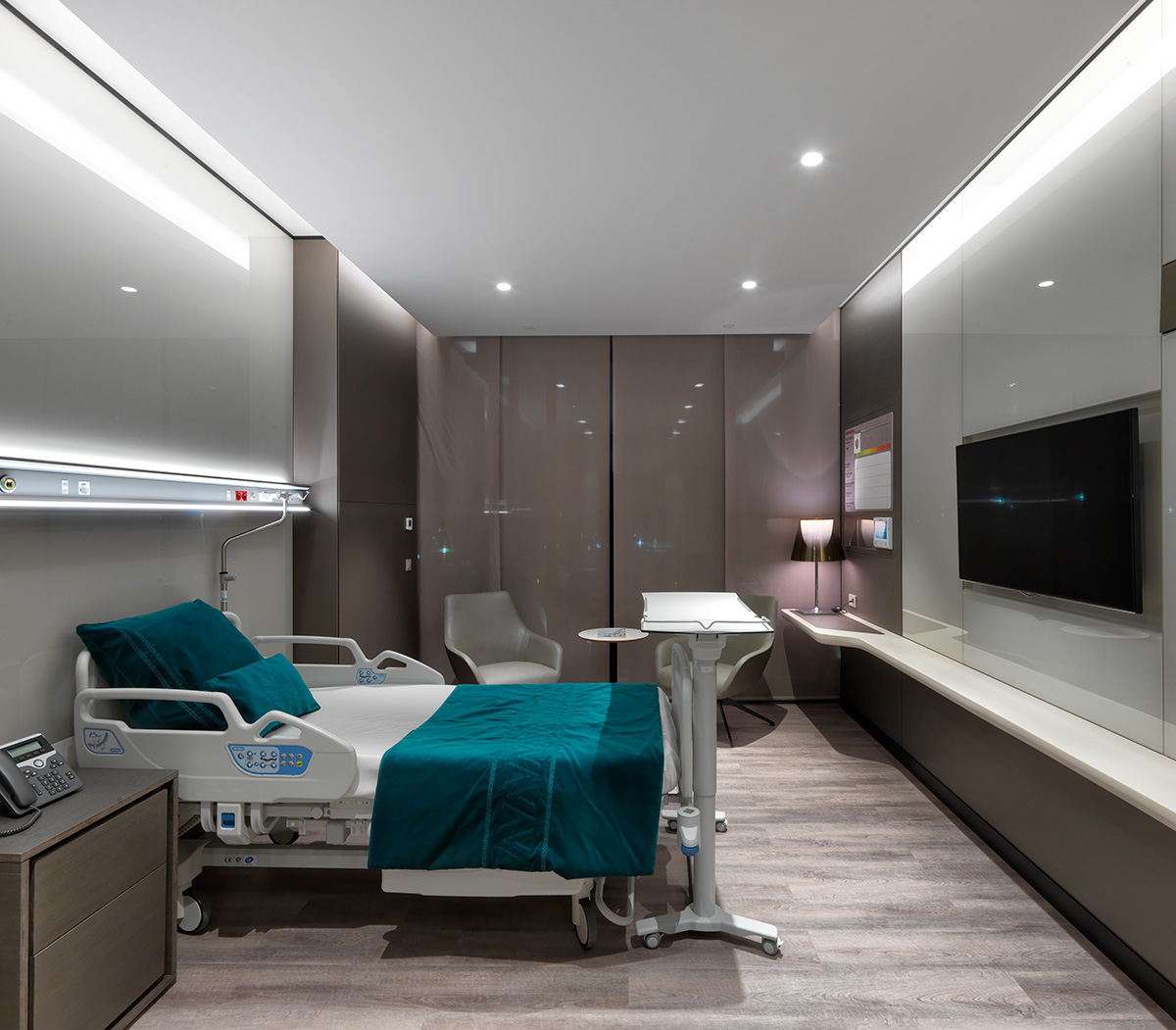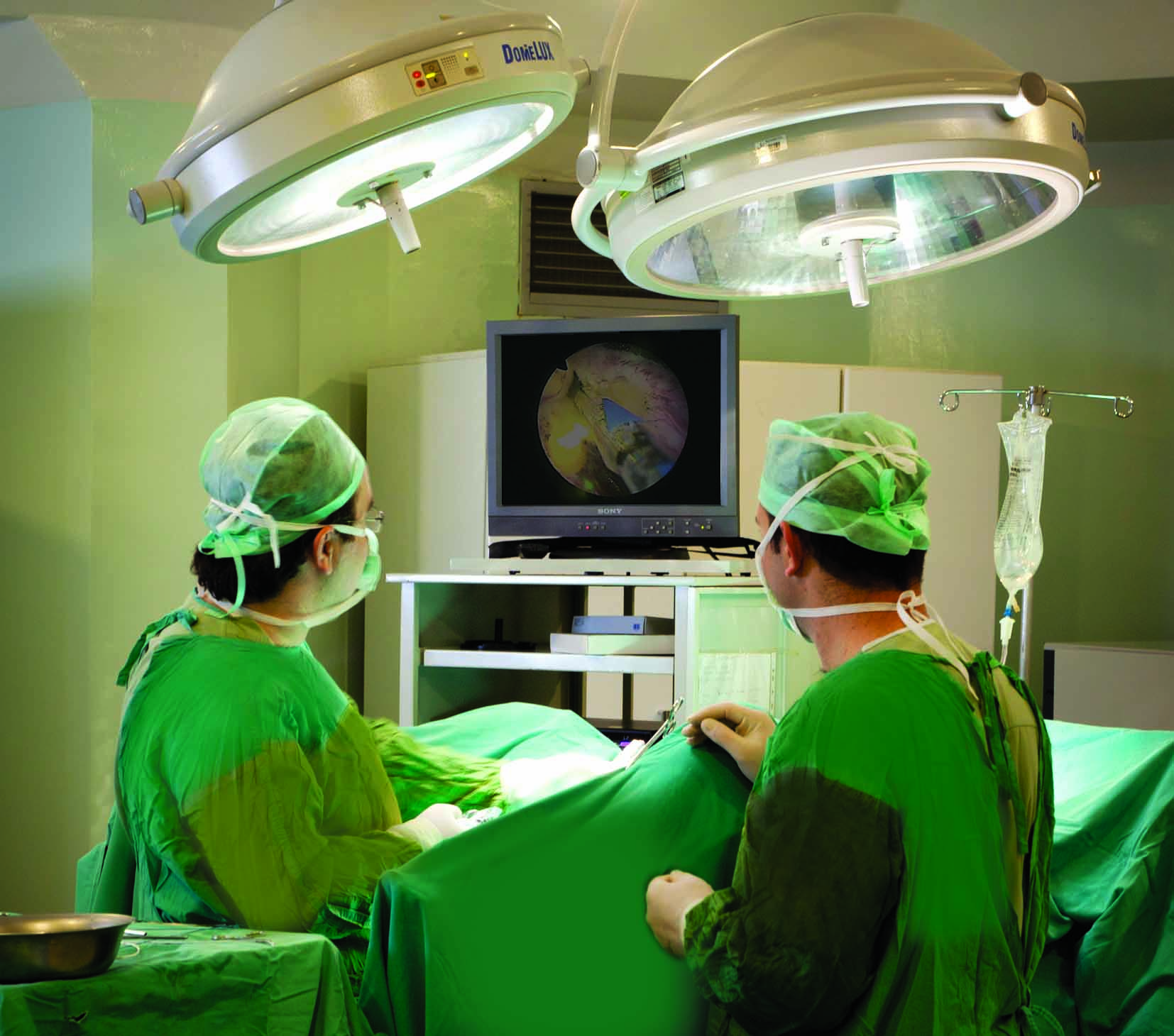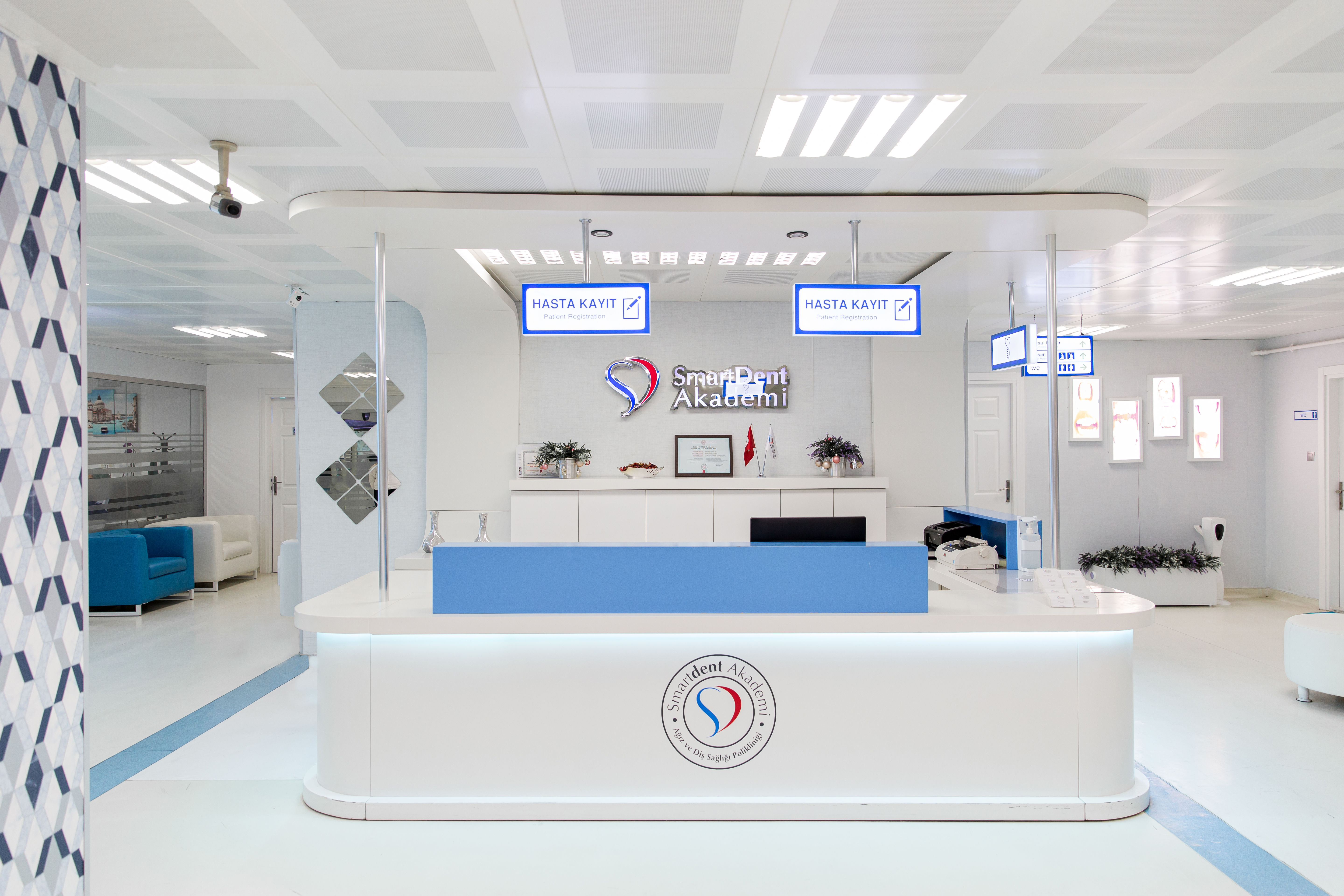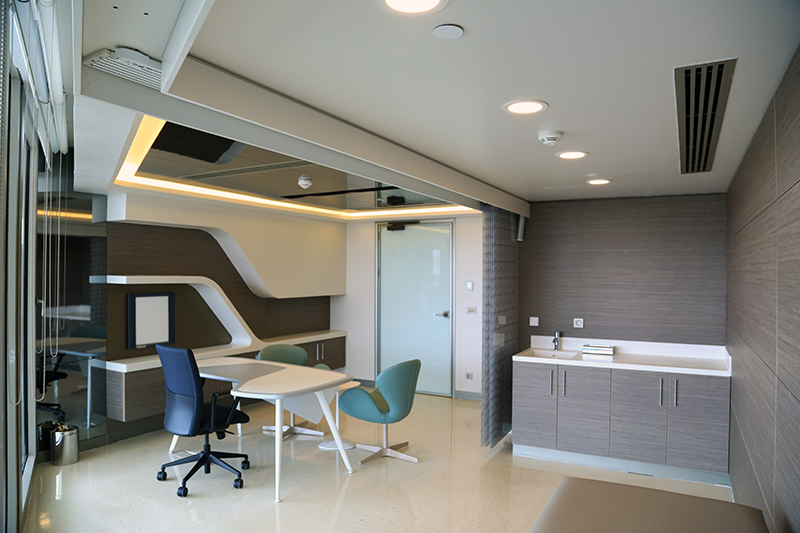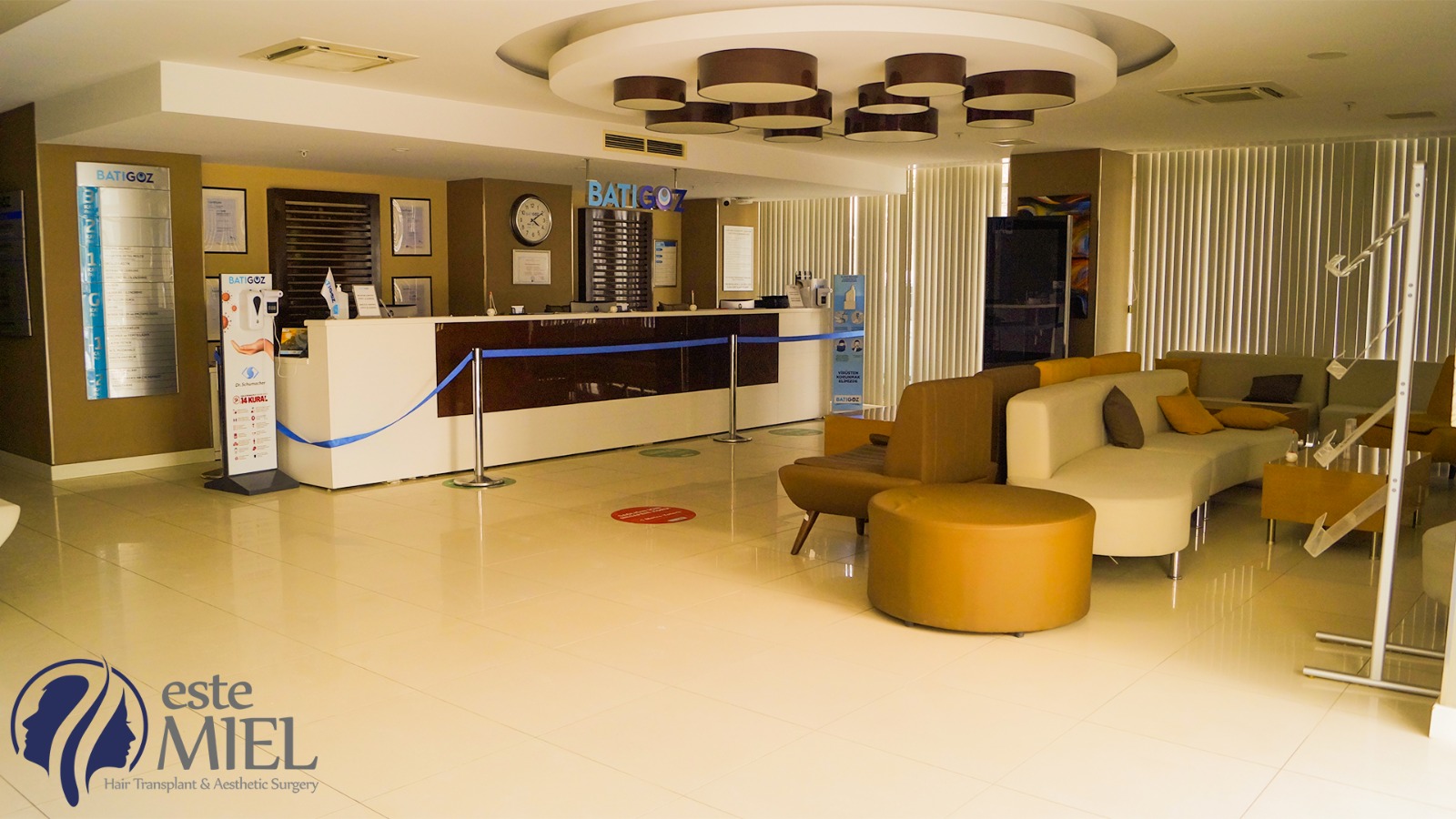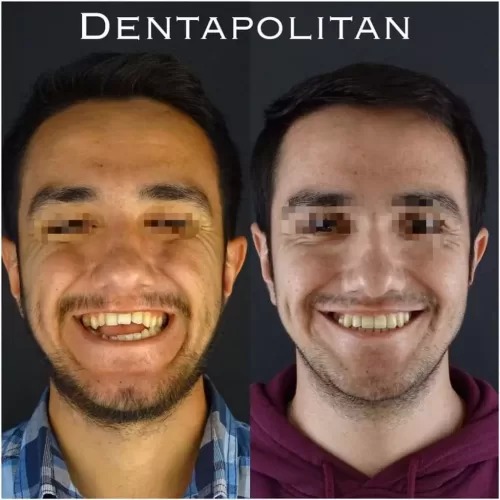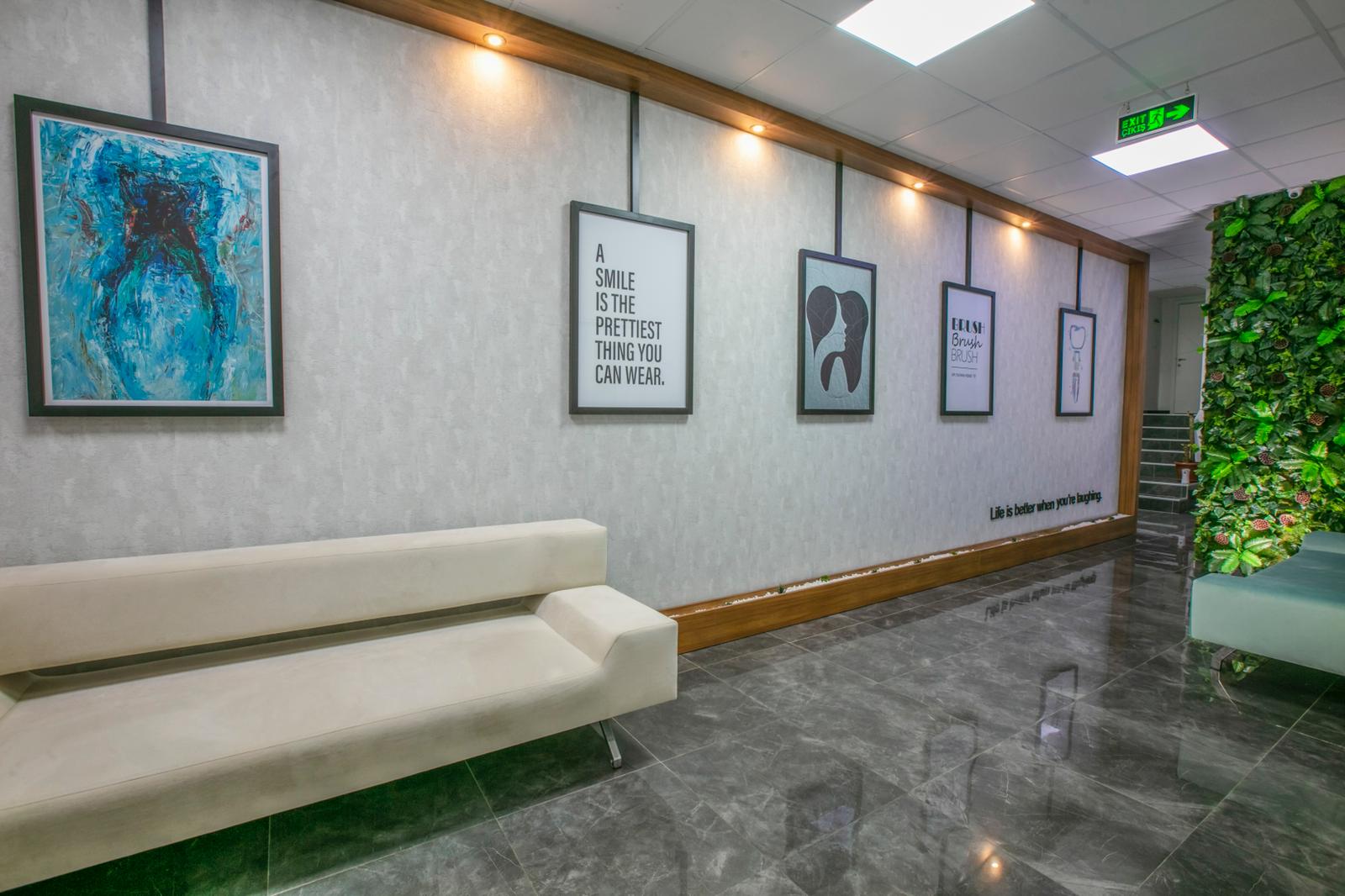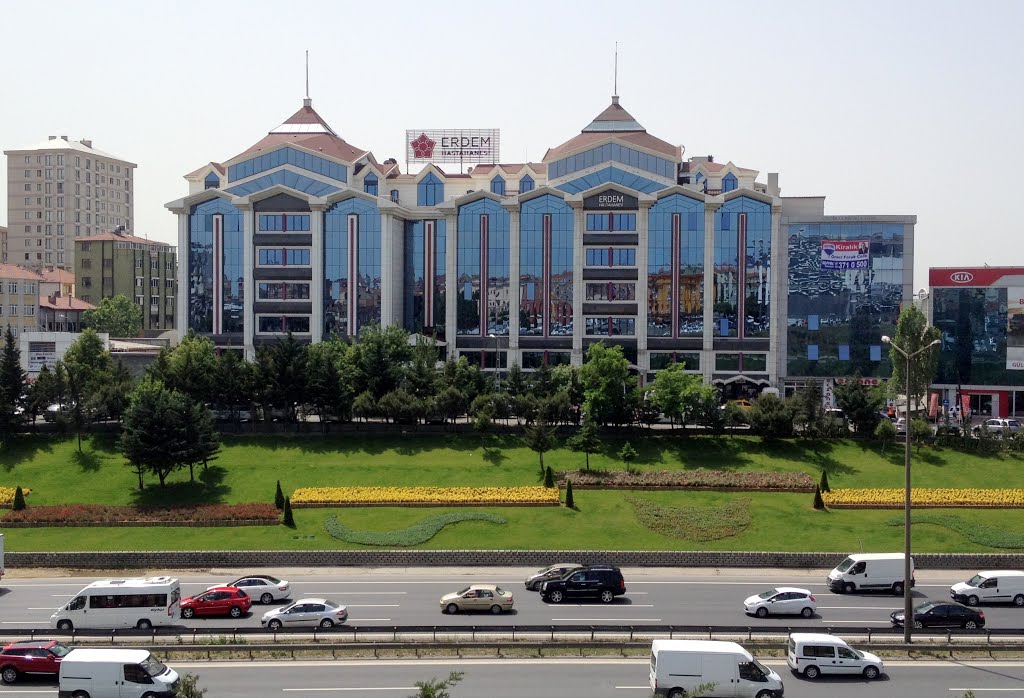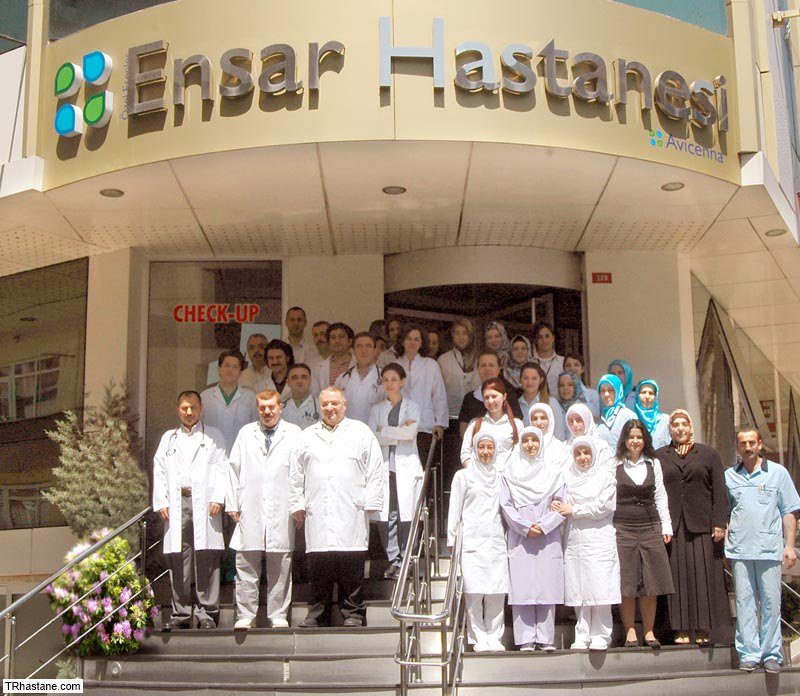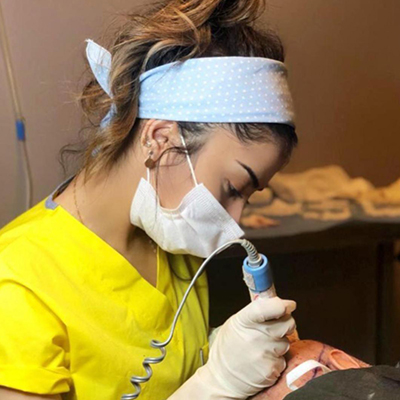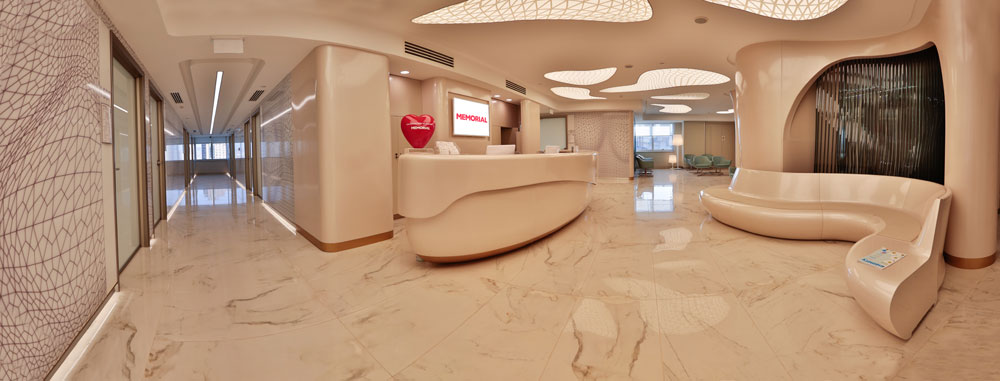DHI Technique
The DHI technique, one of the most modern hair transplant techniques used today, is basically similar to the FUE (Follicular Unit Extraction) technique. It is also called modified FUE.
The Procedure of DHI Technique
The DHI technique allows the roots to be planted in a shorter time with a medical apparatus that helps the placement of the grafts and can perform channel opening and root placement at the same time. The DHI hair transplant procedure, performed with local anesthesia, starts with the hair follicles being loosened with a special device and collected one by one.
Why DHI?
Whether the person is suitable for hair transplantation and DHI technique is determined by a detailed clinical examination and hair analysis. The cause of hair loss is tried to be determined. For this, various blood tests are performed and the patient's medical history is taken. After the tests performed and the medical history of the patient, it is decided that there is no systemic problem, and the donor area is examined. If there are enough hair follicles in the donor area and the type of hair loss is suitable for transplantation, the patient is decided to have a hair transplant.
The Benefits of DHI
The DHI method provides a more natural and good-looking appearance. In the application that does not require incision, there is almost no bleeding. The healing process is very fast as there is minimal damage due to the application. The DHI method does not harm existing hair. 90% of the transplanted hair can survive.
The Process of The Technique
The process takes place in the following order:
The patient's head is shaved and local anesthesia is applied.
Hair follicles are removed by the surgeon from the back of the head with a fine-tipped medical tool.
Hair follicles are loaded into the pen-shaped tool and placed on the balding part of the scalp.
Antibiotic cream is applied to the application area, and a bandage is applied to the entire area.
The Healing Process
In the DHI method, the places where the roots are taken complete their healing within 24 to 48 hours. On the third day, hair care and washing should be done as described. Within 5-6 days, crusting can be observed. It takes about three months to see fresh, bushy and new hair. It takes approximately a year to see all the hair transplanted. Applications such as lining, washing, shaping and painting can be easily done.





